2023 Update: Artificial colors have been removed!
Remember how much energy you had as a kid?
At some point – it's difficult to say exactly when – you started losing it. You became a little more tired here and there. You found it was harder to focus on your work. And maybe it event became challenging to haul yourself out of bed in the morning.
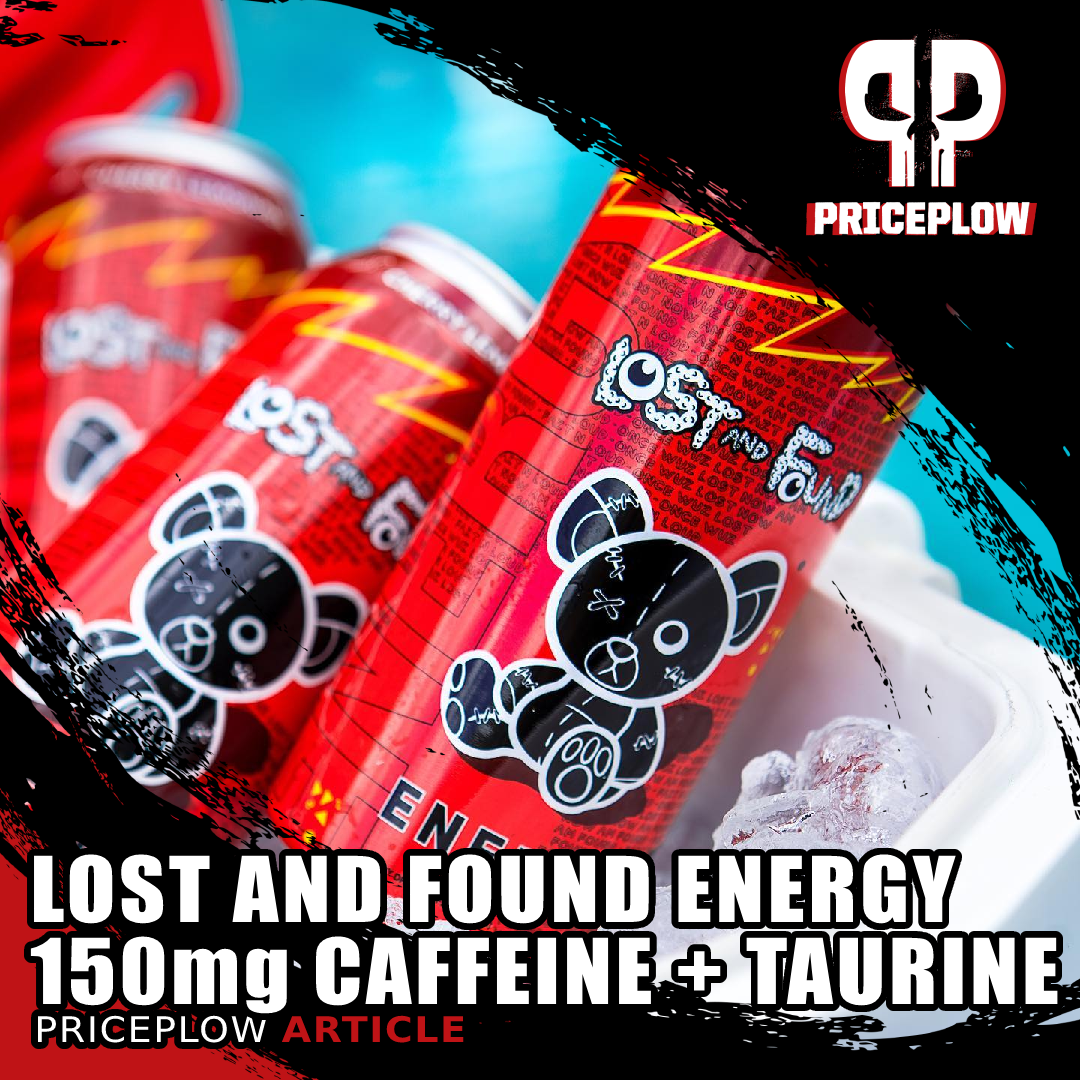
Lost and Found helps you find your vigor and mentality with an even-keeled 150 milligrams of caffeine and 1 gram of taurine!
What would you pay to get that energy back?
Introducing Lost & Found Energy Drink
You won't have to pay much, because the folks at Lost & Found Energy have devised a special drink to help you find your energy again - without too much caffeine.
This clean and efficient supplement contains 150 milligrams of caffeine and 1 gram of taurine, and it's sweetened with sucralose, which helps give you the energy boost you need without packing on the pounds.
We've been excited about this one — claiming it was our favorite new energy drink so far in 2022 on @PricePlow social media. Before getting into it, check Lost & Found Energy prices and our video reviews on PricePlow, then sign up to receive news alerts and notifications about new flavors:
Lost and Found Energy Drink – Deals and Price Drop Alerts
Get Price Alerts
No spam, no scams.
Disclosure: PricePlow relies on pricing from stores with which we have a business relationship. We work hard to keep pricing current, but you may find a better offer.
Posts are sponsored in part by the retailers and/or brands listed on this page.
Video 1: Our Lost & Found Introduction
This area is reserved for Team PricePlow's upcoming videos.
Subscribe to our channel and sign up for notifications so you catch it when it goes live!
Video 2: 2023 Updates
Now in 2023, the cans are printed onto the aluminum, which makes them more recyclable, and the artificial colors are removed!
And now, let's get into the details:
Why an Energy Drink?
Most American adults (85%) consume caffeinated beverages on a daily basis, and an overwhelming majority of that consumption comes in the form of tea or coffee – or both.[1] Unsurprisingly, the two most popular caffeinated beverages in the world are tea and coffee, no contest.
So why drink something like Lost & Found Energy? Why not stick with the tried-and-true?
Lost & Found Energy Is Pure and Standardized
One reason to try an energy drink like Lost & Found, other than for the jolt, is for the purity.For example, tea and coffee don't just contain caffeine, but also, a bunch of different antioxidants and methylxanthines. For most people, these compounds are incredibly healthy and a big part of the beverage's value proposition.
But tolerance levels are individual. Even if you don't have an issue with a stimulating chemical like caffeine, you might not react well to some random alkaloid in your boutique, single-origin coffee.
When it comes to tea, there can be serious quality issues.[2] While it's growing in soil, the tea plant absorbs large amounts of fluoride and aluminum.[3] Depending on the quality of the tea, and the region and agricultural practices where tea leaves were grown, it may contain enough metals to pose a hazard to human health, especially when consumed long-term.[4]
So if you've ever gotten the jitters from a cup of coffee, or just felt a bit off after a couple of cups of tea, you might consider trying a beverage that's made with pure caffeine. That's where drinks like Lost & Found come in!
Lost & Found Energy Drink Ingredients
Two bioactive ingredients in Lost & Found Energy are caffeine and taurine. Let's talk a bit about why they're beneficial.
-
Caffeine - 150 mg
Lost and Found brings a reasonable 150 milligrams of caffeine - enough to keep you going, but not ruin your day/night!
Caffeine is possibly the most studied dietary supplement ingredient in existence. It's in the small minority of organic compounds that are known to cross the brain-blood barrier, a property that enables the chemical to significantly affect mood, cognition, and physical performance.[5]
By preventing adenosine from binding to receptors in your brain, caffeine helps fight fatigue and boost neural activity, even in the face of stress and sleep deprivation.[6]
It also inhibits phosphodiesterase,[7,8] an enzyme that breaks down cyclic adenosine monophosphate (cAMP),[7,8] a messenger molecule that signals the body to start burning carbohydrates and fat for energy. Because of cAMP's role in stimulating metabolism, increasing cAMP levels through caffeine consumption can raise your basal metabolic rate.[9]
In fact, caffeine can increase the rate of fat burning by a whopping 50%,[10] which is one reason why manufacturers like to include caffeine in fat burner supplement formulas.
Largely due to its ability to increase the body's energy production by inhibiting phosphodiesterase, caffeine is considered an ergogenic aid that promotes athletic and physical performance. In the research literature, caffeine consumption is strongly associated with increased strength, endurance, and power (measured in watts).[11]
Caffeine consumption also comes with significant nootropic benefits. It's been shown to speed up reaction time,[12] sharpen attention,[12,13] and increase alertness.[13] Caffeine also may increase working memory,[14] the main determinant of fluid intelligence, which is known to decline with age.[14]
Here we see a 150 mg dose of caffeine being used – a little more than what we'd expect to find in a cup of coffee, or maybe 2-3 cups of tea. 150 mg isn't a huge dose, but it's not small either, so if you aren't an habitual caffeine user, drink Lost & Found Energy slowly, or drink half a can, to assess your tolerance.
-
Taurine - 1000 mg
Taurine is a sulfur-containing amino acid that is classified as conditionally essential, which means that the body produces some taurine on its own, but not the full amount required for optimum health.
Taurine is found in high concentrations in muscle, heart, eye, and brain tissues.[15] Supplemental taurine has been shown to improve muscular endurance and contractile force,[16,17] as well as oxidative stress and insulin sensitivity.[18]
The reason you commonly see taurine in pre-workout supplements and energy drinks like this one is that it has some impressive benefits for mood and cognition. Taurine functions as a neurotransmitter in the brain, where it has inhibitory (i.e., the opposite of excitatory) effects on neurons by imitating gamma-aminobutyric acid.[19-23]
When taurine binds to GABA receptors in your brain, it can lead toma state of deep relaxation[24] and improve learning and memory.[25,26]
Taurine also has significant anti-anxiety effects.[27-29]
We like seeing the 1000 mg dose of taurine being used – this is the same dose of taurine used in popular endurance-boosting[17] pre-workout supplements and a few select energy drinks. Its efficacy has been repeatedly verified by the research literature on taurine supplementation.
And for 2023, as shown in the video above, the drinks now have no artificial colors and are printed on the can, making them more environmentally friendly!
Flavors Available
Lost & Found Energy comes in a few unique flavors, and we recommend trying each one:
Conclusion – Now available at Vitamin Shoppe
If reading this article made you want to give Lost & Found Energy a try, we have good news! You'll eventually be able to purchase Lost & Found Energy at all Vitamin Shoppe locations,[30] meaning you can scoop up a case while you're making a run to restock on your favorite supplement brands.
We understand why Vitamin Shoppe is opting to participate in the Lost & Found Energy Launch, because you really can't go wrong with caffeine and taurine. We appreciate the simple and effective approach to an energy drink formula - not too much caffeine and the flavors are top notch.
Lost and Found Energy Drink – Deals and Price Drop Alerts
Get Price Alerts
No spam, no scams.
Disclosure: PricePlow relies on pricing from stores with which we have a business relationship. We work hard to keep pricing current, but you may find a better offer.
Posts are sponsored in part by the retailers and/or brands listed on this page.
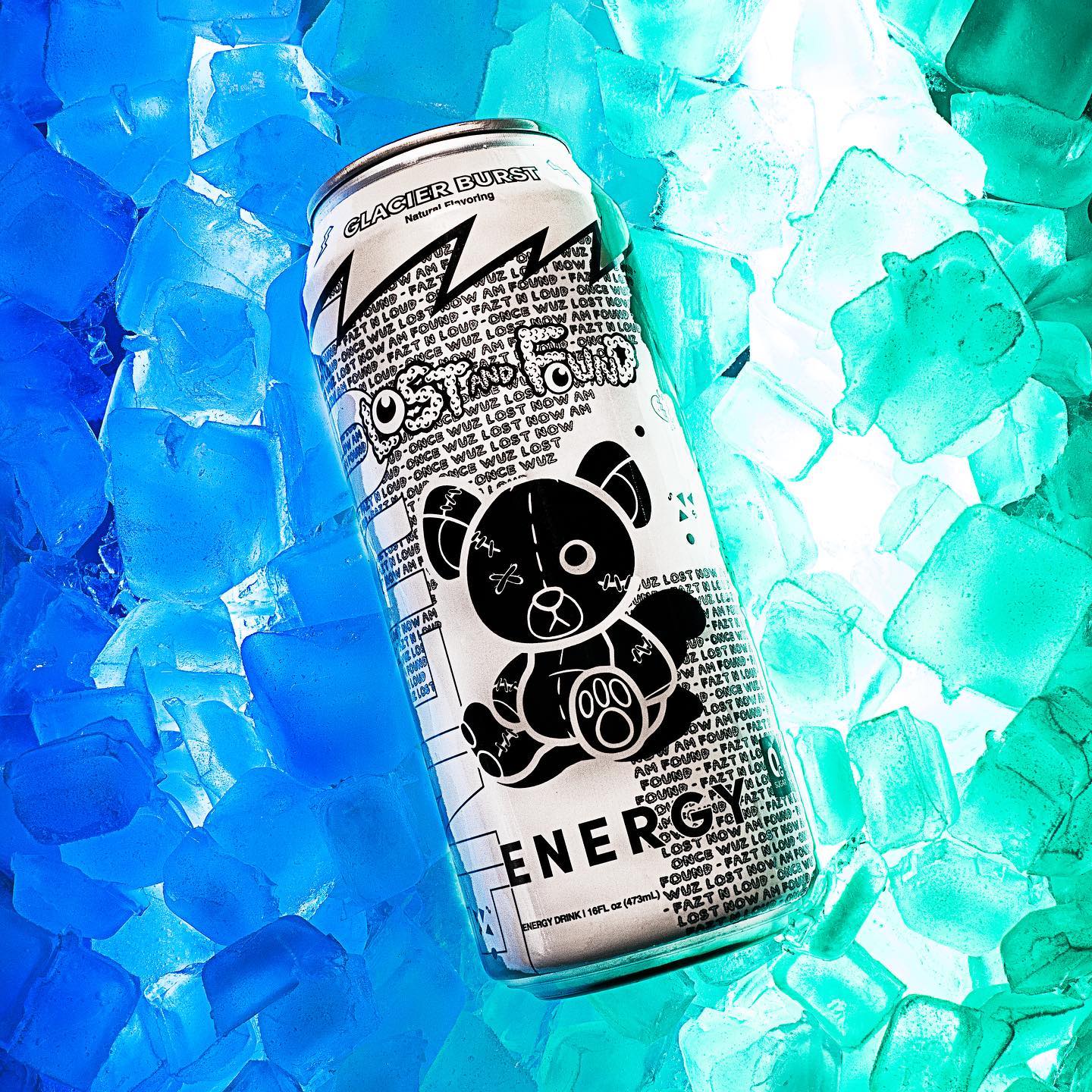
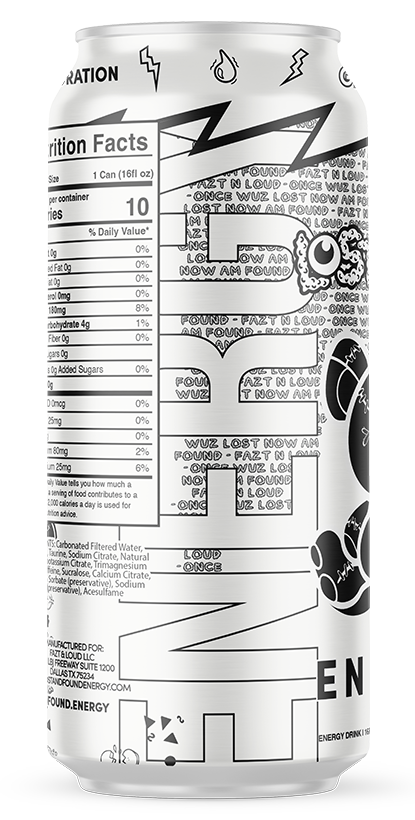
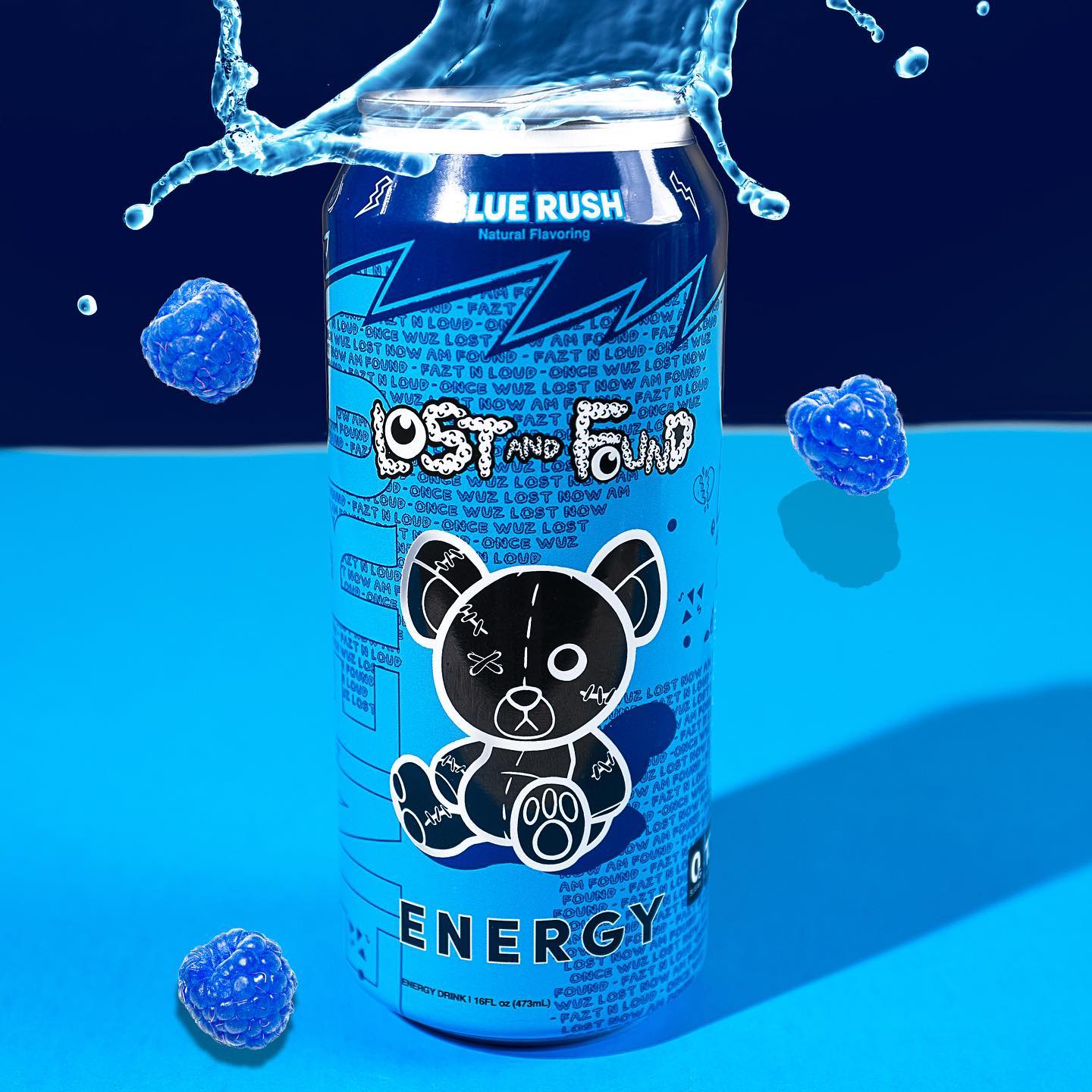
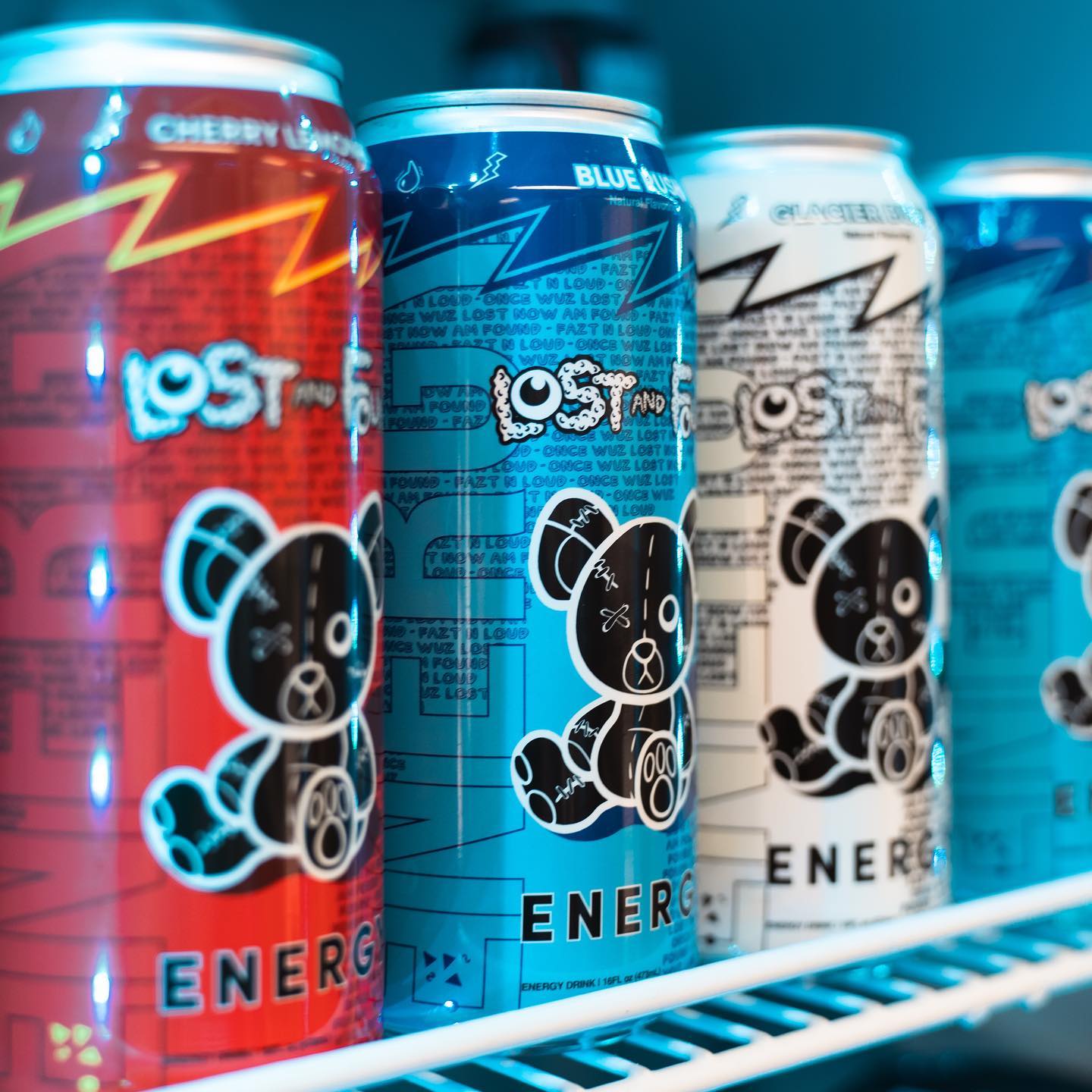



Comments and Discussion (Powered by the PricePlow Forum)